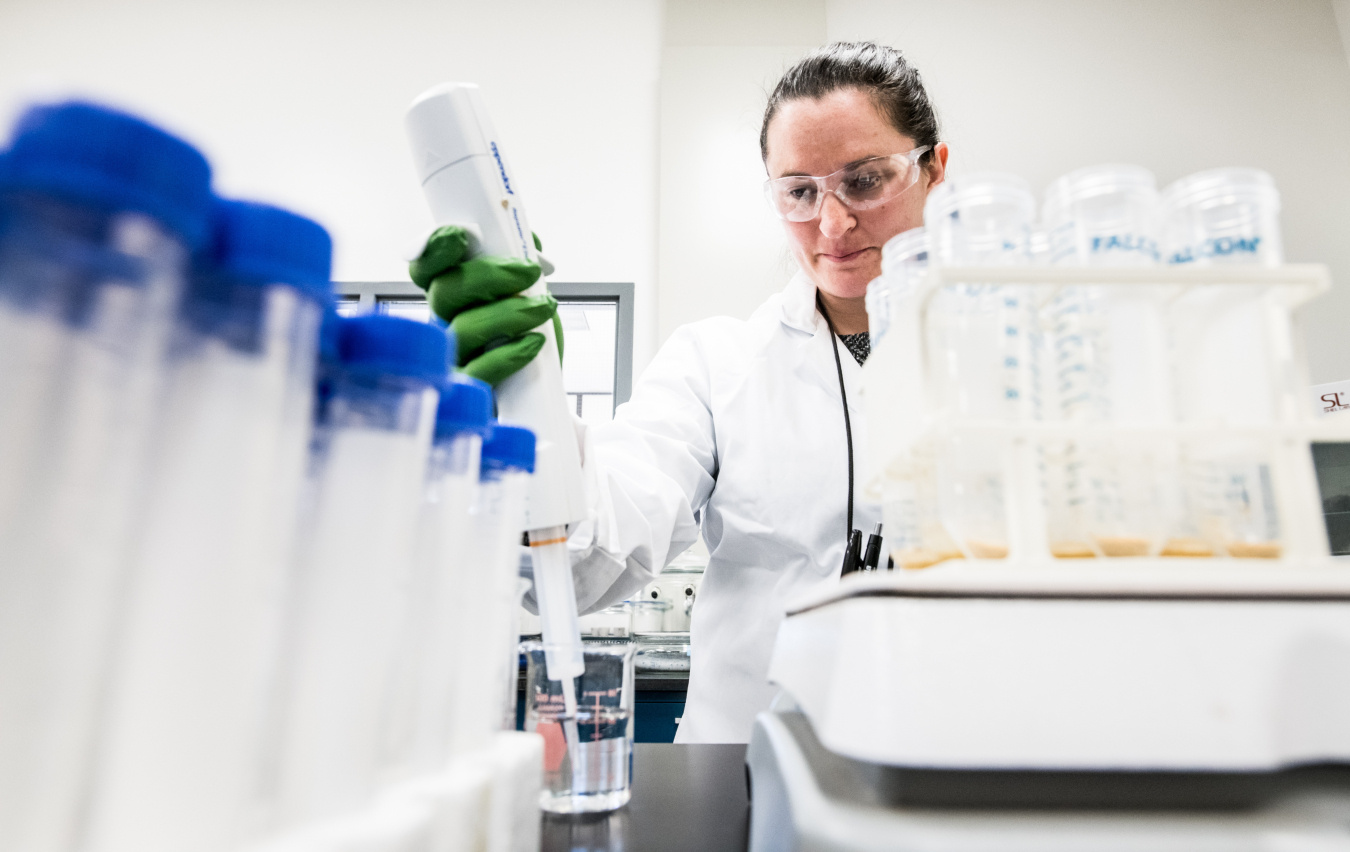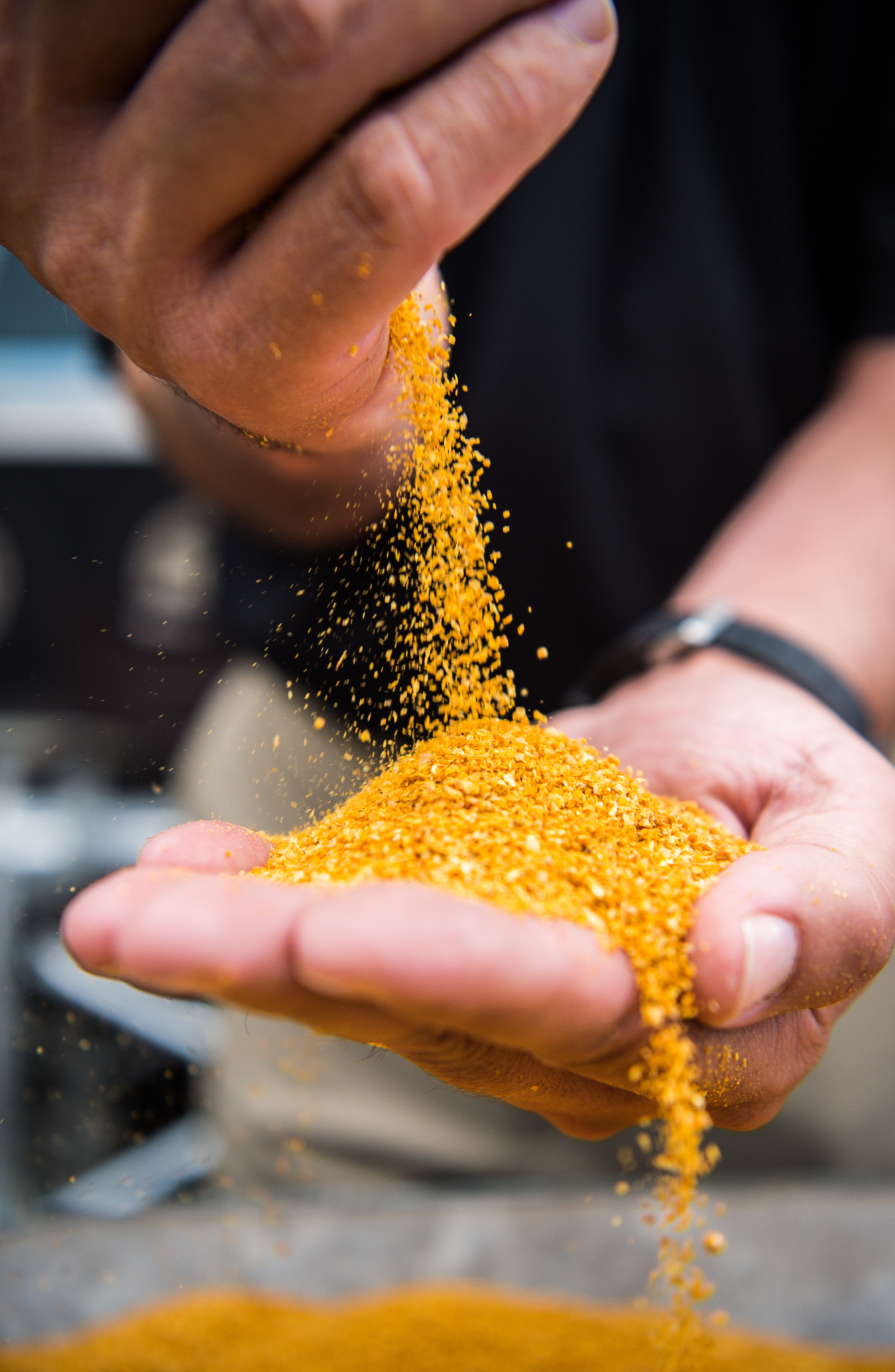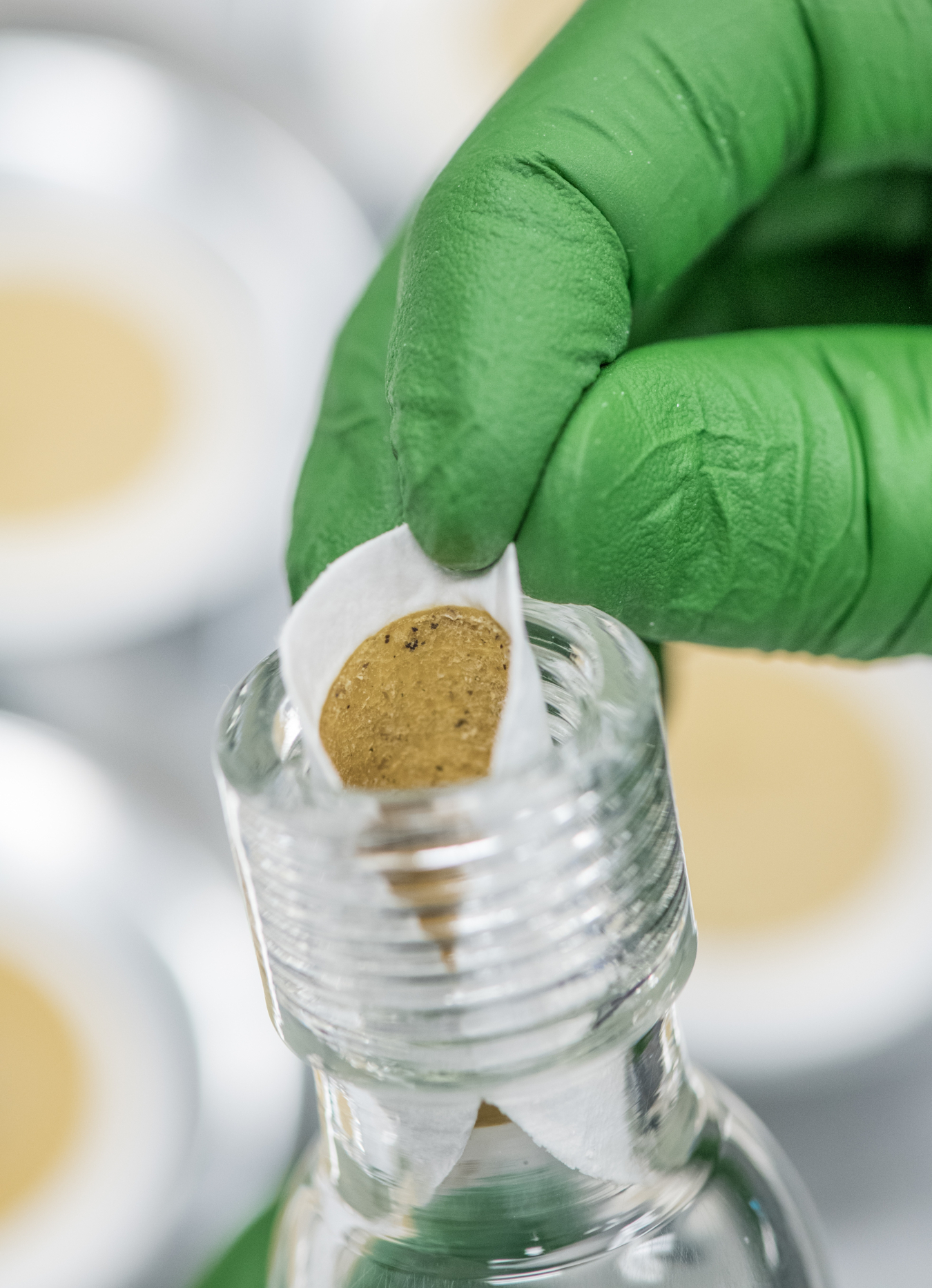
Author: Zia Abdullah, Laboratory Program Manager, National Renewable Energy Laboratory
Read Zia's bio ►
Meet the other bloggers ►
Return to Bioprose blog ►
The National Renewable Energy Laboratory (NREL) offers a simple procedure for a complex analytical problem, an achievement that could help biorefineries expand production of low-carbon cellulosic ethanol.

Cellulosic ethanol—produced from fibrous cellulose, which gives plants strength and rigidity—offers a range of attractive benefits. When used as a vehicle fuel, it can support deep reductions in greenhouse gas emissions, with a carbon footprint 73% smaller than conventional gasoline. Ethanol made from cellulose can be sourced from widely available crops, like corn stover or switchgrass, that are adapted to grow in a wide range of climates. Not least, it can support clean energy jobs and economic opportunity in rural communities.
With all those benefits, why are more ethanol refineries not geared to produce cellulosic ethanol? What does the industry need to boost production of this low-net-carbon fuel?

A Simple Analysis for Hard-to-Reach Incentives
As it turns out, one pressing need for making more cellulosic ethanol is not some new fermentation technology or advanced catalyst. Biorefiners need a robust but simple analytical process for measuring the amount of cellulose in their corn grain.
It’s a small detail with big financial implications. Federal Renewable Fuel Standard (RFS) incentives are available from the U.S. Environmental Protection Agency (EPA) to help refiners expand their plants into “generation 1.5” biorefineries—advanced facilities designed to make ethanol from both the cellulose and starch sugars present in corn grain. But without a reliable process for demonstrating the amount of cellulose in that grain, such incentives can be hard to reach.
With support from the U.S. Department of Energy’s Bioenergy Technologies Office, NREL scientists have unveiled a new analytical method to give companies a foot forward in that process.
Published in early 2021 in the journal Cellulose, a paper written by NREL scientists, including Justin Sluiter and Katie Michel, outlines a series of basic steps commercial scientists can take to verify the amount of cellulose in grain samples.
When paired with NREL’s free laboratory analytical procedure for the method, the achievement could better equip ethanol producers with the information and tools they need to apply for the EPA’s valuable RFS incentives.
The Corn Grain Conundrum—Starch or Cellulose?
At first glance, the carbohydrates in corn starch and corn cellulose look similar. Both are glucan polymers distinguished only by a single chemical bond. That resemblance can create uncertainty when it comes to applying for RFS credits from the EPA.
Because the RFS places higher value on cellulosic sugars—which can be sourced from cheap waste, algae, common crops, and even the inedible portion of corn grain—refiners need a robust method for distinguishing it from starch sugars. That way industry laboratories can prove in their RFS applications how much of their ethanol could be made from cellulosic sugars.
But with starch and cellulosic glucan so alike, making a convincing case has been a challenge.
For one thing, current analytical methods are not always reliable. For example, a recent National Institute of Standards and Technology publication showed varying levels of starch assay accuracy—an analytical technique that converts or “hydrolyzes” corn grain samples into glucose to measure levels of starch. Because of the chemical similarities between starch and cellulose, that process can hydrolyze both to glucose, causing bias and inaccuracy in the method.
What’s more, current methods are complex and difficult to perform, which hinders commercial adoption because the growing ethanol industry needs quick, reliable answers.
It is a problem ripe for innovation.

NREL’s Solution: Remove the Starch First
NREL’s new analytical method sidesteps complications with current methods by removing all starch from corn grain samples before starting the cellulose analysis. Here is how it works.
To begin, commercial laboratories can use an alkaline solution to access the most chemically resistant parts of the starch. They can then use two special enzymes to target and break down the chemical bonds unique to starch glucan.
After soaking the grain sample for a few minutes in the enzymatic solution, the labs can simply use water and a filter to remove the starch residues.
What’s left is a pellet with the isolated cellulosic glucans. Having freed the pellets of any traces of starch, laboratory staff can then hydrolyze them with a well-known acid, which breaks down the cellulosic glucan to glucose. With the starch gone, commercial laboratories need only compare the weight of that remaining glucose to the initial dry weight of the original sample.
It’s that simple. In a few clear steps, NREL’s method offers ethanol refiners an unprecedented level of accuracy and precision in measuring levels of cellulose—the key target of their analysis.
In fact, NREL researchers were able to consistently reproduce the results of their method with variance of 3% or less and validated the procedure with a range of advanced analytical techniques.
Financial Nutrients for a Budding Cellulosic Ethanol Industry
In the push for next generation biorefineries, the value of that capability can’t be overstated. RSF incentives can help grow the budding cellulosic ethanol industry and expand biorefineries to produce ethanol from both cellulose and starch.
With NREL’s new method, ethanol producers are better prepared to apply for those incentives and expand their production—invigorating communities invested in providing a reliable supply of low- to zero-net-carbon ethanol.

